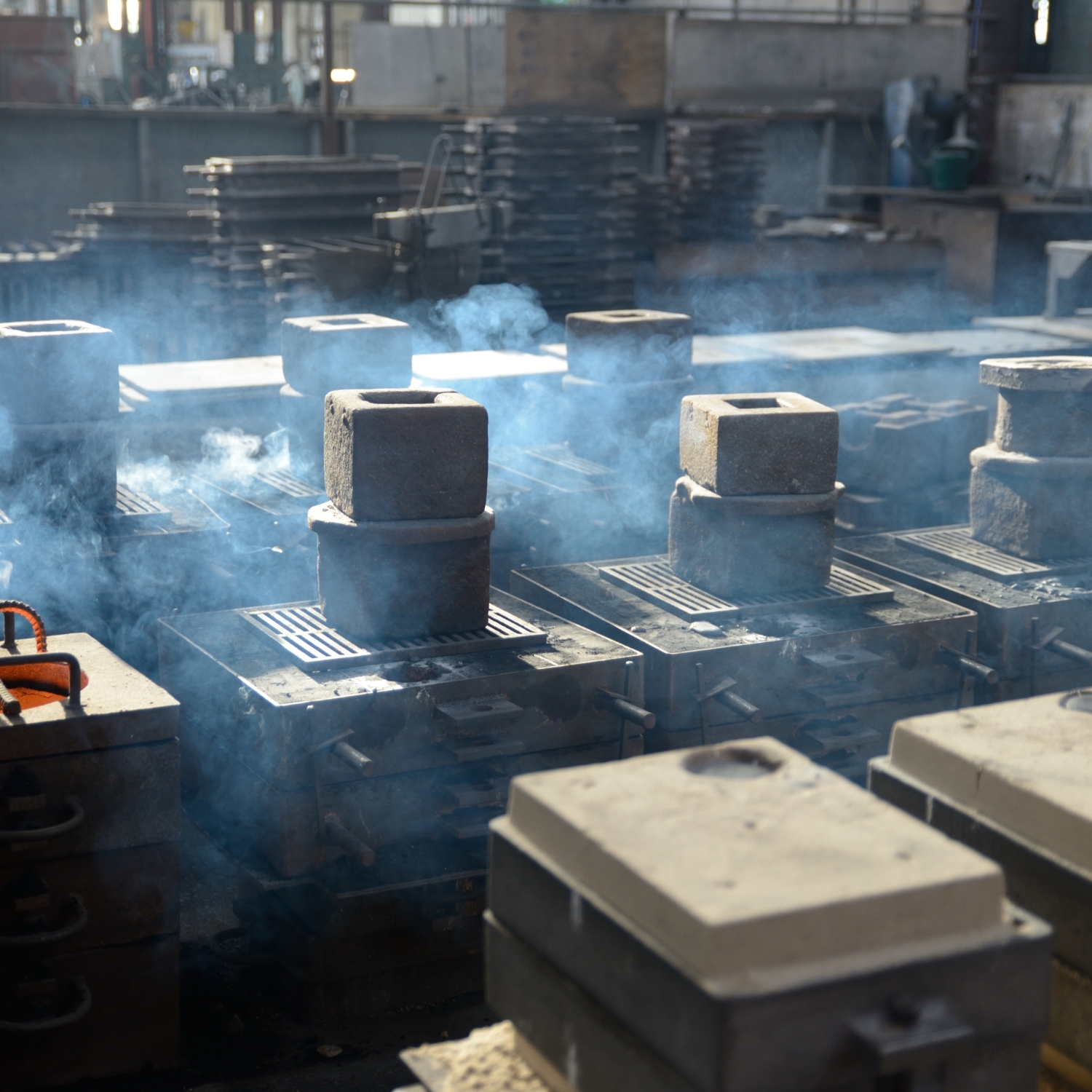White cast iron is a specialized type of cast iron known for its exceptional hardness, abrasion resistance, and high strength. It owes its name to the bright white fracture surface it exhibits when fractured. In this guide, we will delve into the properties and applications of white cast irons, shedding light on their unique characteristics and the various industries that benefit from their use.
Properties of White Cast Irons:
-
High Hardness: White cast irons are renowned for their extreme hardness, making them resistant to wear, abrasion, and impact. This property makes them ideal for applications involving high-stress conditions, such as grinding media and crushers.
-
Abrasion Resistance: The microstructure of white cast irons consists of hard, interconnected carbide particles embedded in a tough matrix. This structure contributes to their excellent abrasion resistance, making them suitable for parts that experience abrasive wear, like pump impellers and chutes.
-
High Strength: White cast irons possess a high compressive and tensile strength, which allows them to withstand heavy loads and mechanical stresses. This property is particularly valuable in industries where parts must endure extreme pressures and loads.
-
Brittle Nature: While white cast irons excel in hardness and abrasion resistance, they are also inherently brittle due to their microstructure. This brittleness can make them prone to cracking under certain conditions, which must be considered in design and application.
Applications of White Cast Irons:
-
Mining and Mineral Processing: White cast irons are extensively used in the mining and mineral processing industries for grinding media, mill liners, and crusher components. Their hardness and wear resistance help reduce downtime and maintenance costs.
-
Construction and Cement: In the construction sector, white cast iron is employed in applications like cement kilns and concrete mixer blades. These parts endure extreme heat and abrasion, making white cast iron an ideal choice.
-
Power Generation: The power generation industry utilizes white cast iron in components like coal pulverizers and ash-handling systems. The abrasion-resistant properties of white cast iron ensure the durability of these critical parts.
-
Agriculture: White cast iron is used in the agricultural sector for tillage tools, plowshares, and cultivator points, where the soil's abrasiveness demands robust and wear-resistant materials.
-
Material Handling: In material handling equipment such as conveyor chutes, hoppers, and bucket teeth, white cast irons provide prolonged service life, reducing maintenance and replacement costs.
-
Automotive: White cast iron has limited applications in the automotive industry, mainly for brake rotors and clutch plates. Its high thermal conductivity and wear resistance make it suitable for these components.
Heat Treatment and Machinability:
White cast irons can undergo heat treatment processes like annealing and tempering to reduce brittleness while retaining their desirable properties. However, machining white cast iron can be challenging due to its hardness. Proper tooling, cutting speeds, and cooling methods are essential to achieve desired shapes and tolerances.
Conclusion:
White cast irons are a class of materials valued for their exceptional hardness, abrasion resistance, and strength. While they have limited ductility and can be brittle, their unique properties make them indispensable in industries where wear, impact, and high stress are common challenges. Understanding the properties and applications of white cast irons is crucial for engineers, designers, and manufacturers to harness their benefits effectively and extend the service life of critical components in various industrial sectors.


